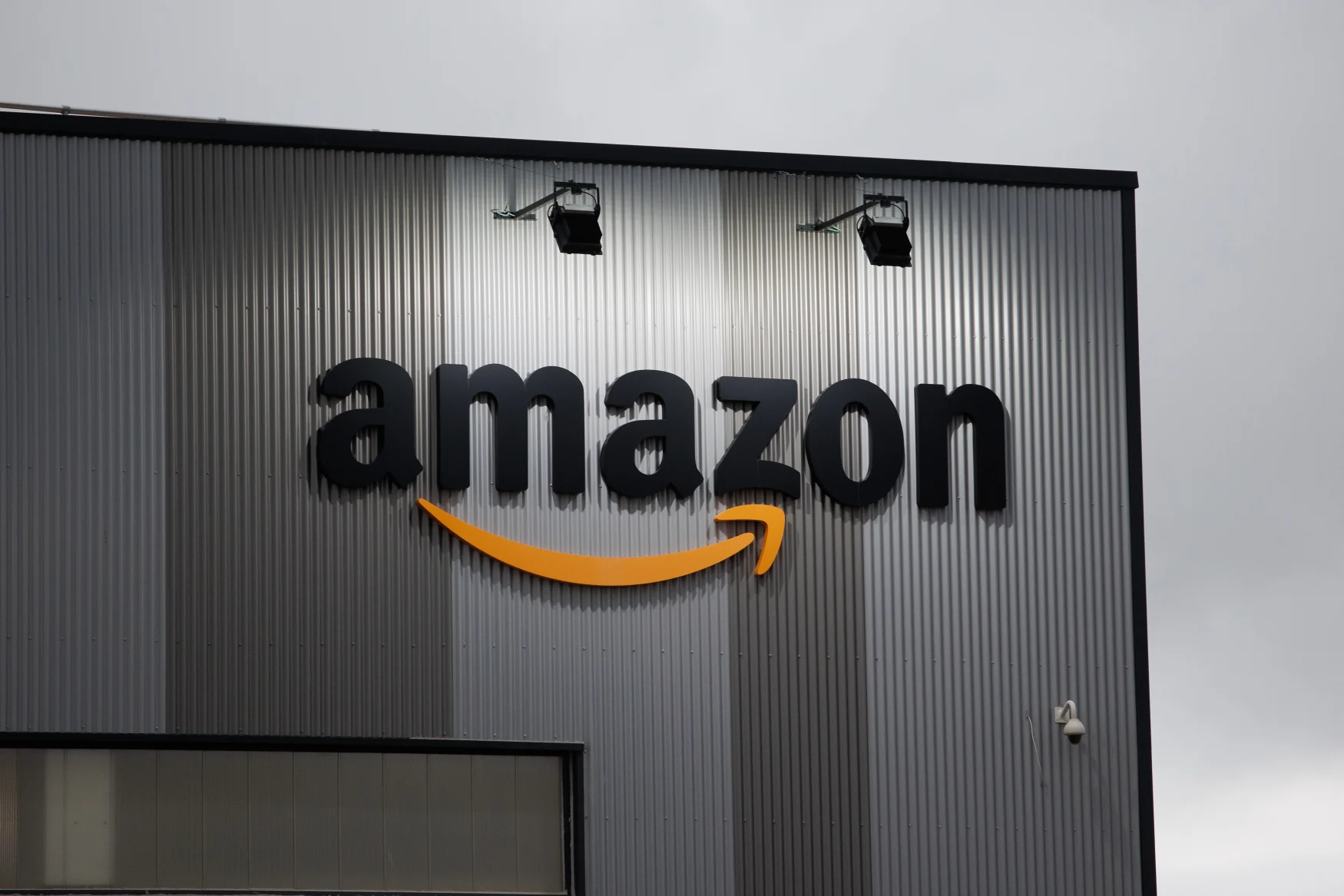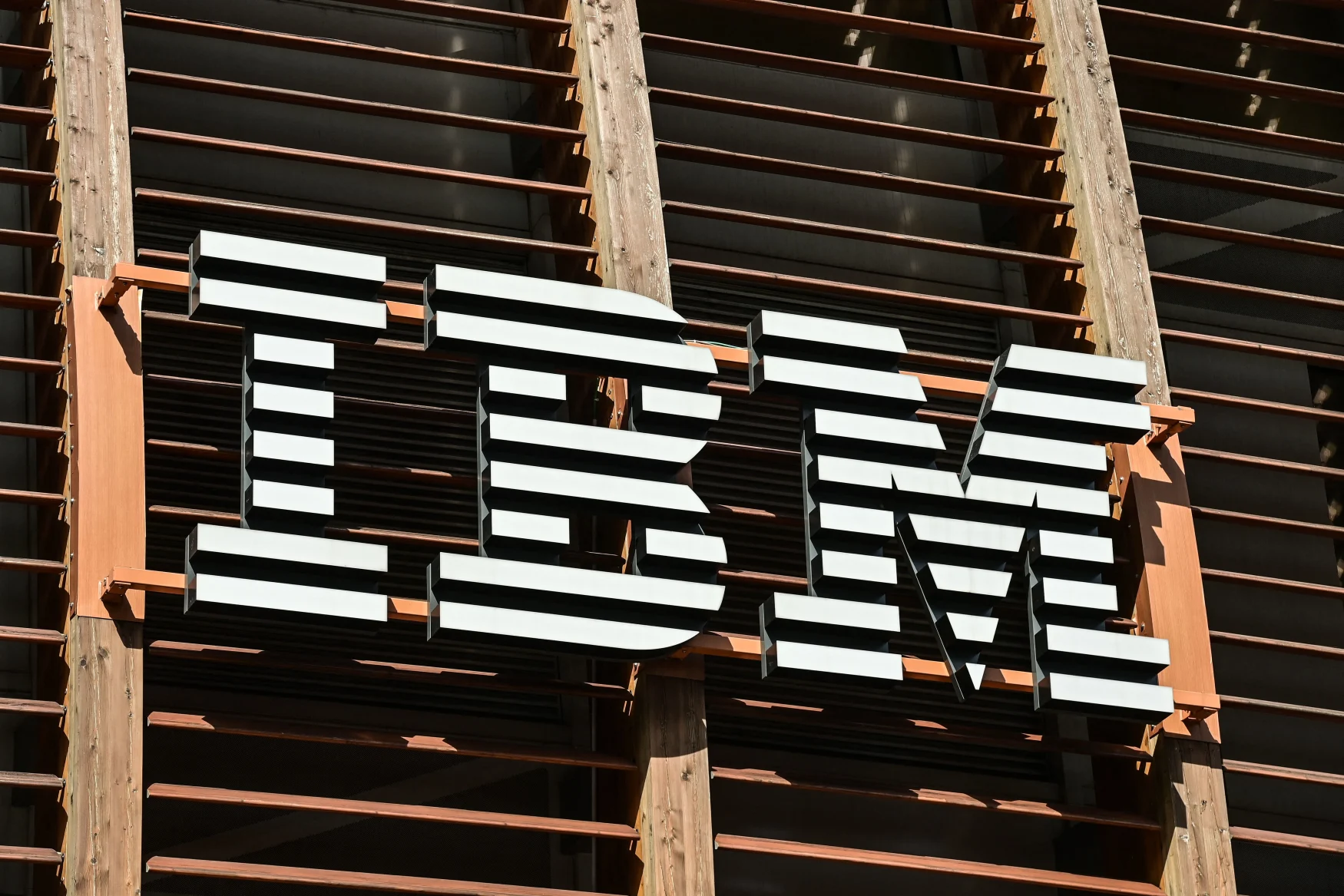All the big tech layoffs of 2023
The tech industry is reeling from the combination of a rough economy, the COVID-19 pandemic, and not to mention some obvious business missteps. And while that led to job cuts in 2022, the headcount reductions have unfortunately ramped up in 2023. It can be tough to keep track of these moves, so we’ve compiled all the major layoffs in one place and will update as the situation evolves.
Amazon layoffs

Amazon had already outlined layoff plans last fall, but expanded those cuts in early January when it said it would eliminate 18,000 jobs, most of them coming from retail and recruiting teams. To no one’s surprise, CEO Andy Jassy blamed both an “uncertain economy” and rapid hiring in recent years. Amazon benefited tremendously from the pandemic as people shifted to online shopping, but its growth is slowing as people return to in-person stores.
Coinbase layoffs

Coinbase was one of the larger companies impacted by the crypto market’s 2022 downturn, and that carried over into the new year. The cryptocurrency exchange laid off 950 people in mid-January, just months after it slashed 1,100 roles. This is one of the steepest proportionate cuts among larger tech brands — Coinbase offloaded about a fifth of its staff. Chief Brian Armstrong said his outfit needed the layoffs to shrink operating expenses and survive what he previously described as a “crypto winter,” but that also meant canceling some projects that were less likely to succeed.
Google (Alphabet) layoffs

Google’s parent company Alphabet has been cutting costs for a while, including shutting down Stadia, but it took those efforts one step further in late January when it said it would lay off 12,000 employees. CEO Sundar Pichai wasn’t shy about the reasoning: Alphabet had been hiring for a “different economic reality,” and was restructuring to focus on the internet giant’s most important businesses. The decision hit the company’s Area 120 incubator particularly hard, with the majority of the unit’s workers losing their jobs. Sub-brands like Intrinsic (robotics) and Verily (health) also shed significant portions of their workforce in the days before the mass layoffs.
IBM layoffs

Layoffs sometimes stem more from corporate strategy shifts than financial hardship, and IBM provided a classic example of this in 2023. The computing pioneer axed 3,900 jobs in late January after offloading both its AI-driven Watson Health business and its infrastructure management division (now Kyndryl) in the fall. Simply put, those employees had nothing to work on as IBM pivoted toward cloud computing.
Microsoft layoffs

Microsoft started its second-largest wave of layoffs in company history when it signaled it would cut 10,000 jobs between mid-January and the end of March. Like many other tech heavyweights, it was trimming costs as customers scaled back their spending (particularly on Windows and devices) during the pandemic recovery. The reductions were especially painful for some divisions — they reportedly gutted the HoloLens and mixed reality teams, while 343 Industries is believed to be rebooting Halo development after losing dozens of workers.
PayPal layoffs
PayPal has been one of the healthier large tech companies, having beaten expectations in its third quarter last year. Still, it hasn’t been immune to a tough economy. The online payment firm unveiled plans at the end of January to lay off 2,000 employees, or seven percent of its total worker base. CEO Dan Schulman claimed the downsizing would keep costs in check and help PayPal focus on “core strategic priorities.”
Salesforce layoffs

Salesforce set the tone for 2023 when it warned it would lay off 8,000 employees, or about 10 percent of its workforce, just four days into the new year. While the cloud software brand thrived during the pandemic with rapidly growing revenue, it admitted that it hired too aggressively during the boom and couldn’t maintain that staffing level while the economy was in decline.
SAP layoffs

Business software powerhouse SAP saw a steep 68 percent drop in profit at the end of 2022, and it started 2023 by laying off 2,800 staff to keep its business healthy. Unlike some big names in tech, though, SAP didn’t blame excessive pandemic-era hiring for the cutback. Instead, it characterized the initiative as a “targeted restructuring” for a company that still expected accelerating growth in 2023.
Spotify layoffs

Spotify spent aggressively in recent years as it expanded its podcast empire, but it quickly put a stop to that practice as 2023 began. The streaming music service said in late January that it would lay off 6 percent of its workforce (9,800 people worked at Spotify as of the third quarter) alongside a restructuring effort that included the departure of content chief Dawn Ostroff. While there were more Premium subscribers than ever in 2022, the company also suffered steep losses — CEO Daniel Ek said he was “too ambitious” investing before the revenue existed to support it.
Wayfair layoffs

Amazon isn’t the only major online retailer scaling back in 2023. Wayfair said in late January that it would lay off 1,750 team members, or 10 percent of its global headcount. About 1,200 of those were corporate staff cut in a bid to “eliminate management layers” and otherwise help the company become leaner and nimbler. Wayfair had been cutting costs since August 2022 (including 870 positions), but saw the layoffs as helping it reach break-even earnings sooner than expected.
